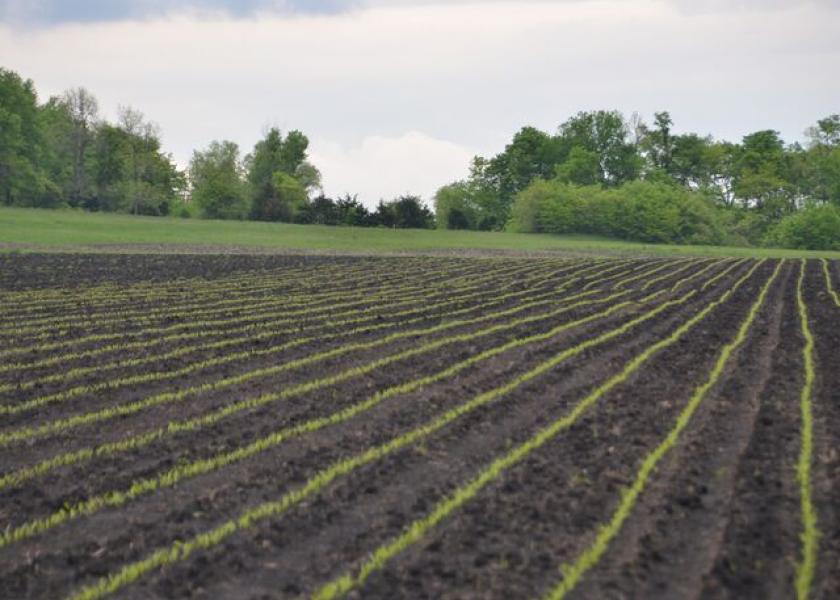3 Easy Corn Silage Planting Tips to Remember this Season

Old Man Winter is slowly starting to release his tight grip on most of the U.S., and farmers are tinkering away in the shops preparing their equipment for planting season. As the sun begins to peak through the dreary clouds and warm soil temperatures, it won’t be long until tractors race to the fields to get crops in the ground.
With feed costs surging and no relief in sight, dairy farmers are placing a magnifying glass on their corn silage production this year. Narrow profit margins mean there’s no room for error when it comes to planting corn silage seed this spring. Jeff Coulter, extension agronomist at the University of Minnesota, offers three critical tips for farmers to remember this planting season.
Optimal Plant Population
Determining the ideal corn silage plant population can be a bit tricky, especially as seed costs increase. However, Coulter recommends sticking to a certain range.
“In general, silage dry matter yield increases with increased plant population, but dry matter yield increases are slowed when final population rises above 35,000 plants per acre,” he says. “Milk per ton, however, decreases at a constant rate as plant population increases. Research conducted by the University of Wisconsin indicates that the economically optimum final population for corn silage is about 1,500 plants per acre higher than that for corn grain. Thus, a final population between 33,500 and 35,500 plants per acre would be sufficient for optimizing milk per acre from corn silage. Final populations above 35,500 plants per acre will likely result in less milk per acre from corn silage, since forage quality decreases with increasing plant population.”
Row Width
Though rows that are too narrow or too wide don’t necessarily have an impact on forage quality, they can have a significant impact on corn silage yield. Therefore, it’s important to pay attention to row width when planting.
Coulter advises farmers to lean toward planting more narrow rows rather than wide ones. Corn silage does well in row widths less than 30 inches, as this gives individual plants more space. Be sure to talk with your agronomist or seed dealer to determine the optimal row width for your particular corn silage seed variety.
Planting Depth
Like row width, planting seeds too shallow or too deep can cause significant yield loss later down the road. Generally, it is recommended to plant seed corn at a depth of 1.5 to 2 inches for optimal nodal root development. Seeds that are planted too shallow may not develop enough root support, which may cause them to fall over. In contrast, seeds planted too deep may be slower to emerge.







